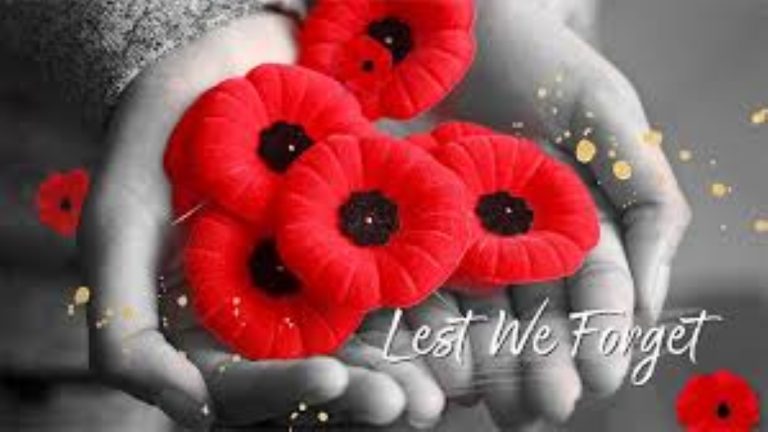
On the 11th hour on the 11th day of the 11th month, a minute’s silence is observed and dedicated to those soldiers who died fighting to protect the nation.
At 11am on 11 November 1918, the guns on the Western Front fell silent after more than four years of continuous warfare. The Germans called for an armistice (suspension of fighting) in order to secure a peace settlement. They accepted the allied terms of unconditional surrender.
The conflict had mobilised over 70 million people, left between 9 and 13 million dead, and as many as one third of these with no grave.
Armistice Day became universally associated with the remembrance of those who had died in the war
The day was originally called Armistice Day but was later changed to Remembrance Day to commemorate those who were killed in both World Wars.
As South Africans unite as one nation, we should use 11 November to remember the 12 452 South African casualties suffered in the First World War, the 38 208 casualties suffered in the Second World War, and the 34 pilots killed in the Korean War. Many war graves to South Africans lie far from home, in Namibia, in France and Belgium, in Tanzania, Ethiopia, the Middle East, Italy, Korea and elsewhere. Closer to home, we should remember the many South Africans who died in the conflicts on our borders and in the Liberation Struggle of the 1960s, 1970s and 1980s. As yet, there are no reliable figures for these casualties, but what is important is that they all contributed to building our country as we know it today.
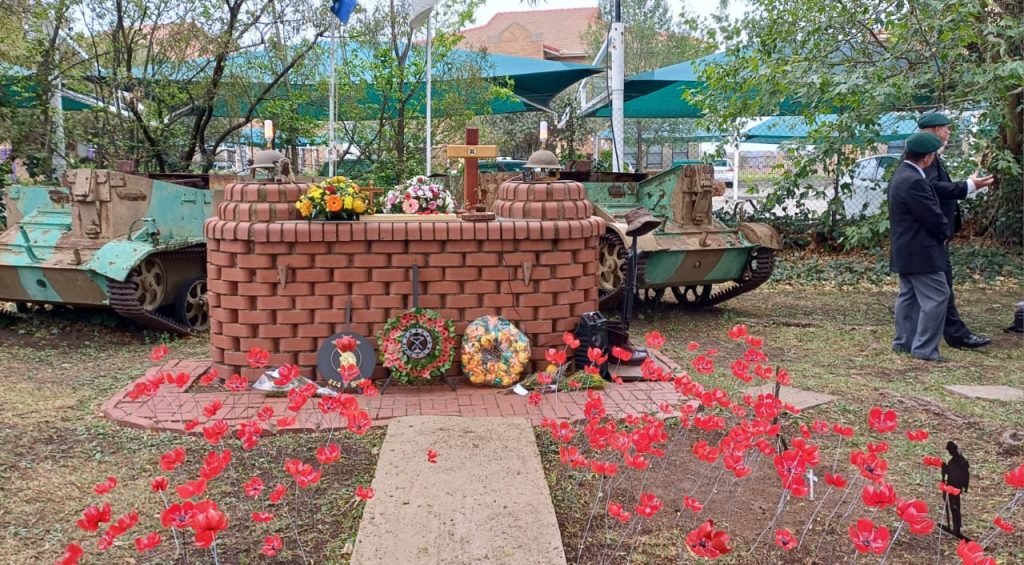
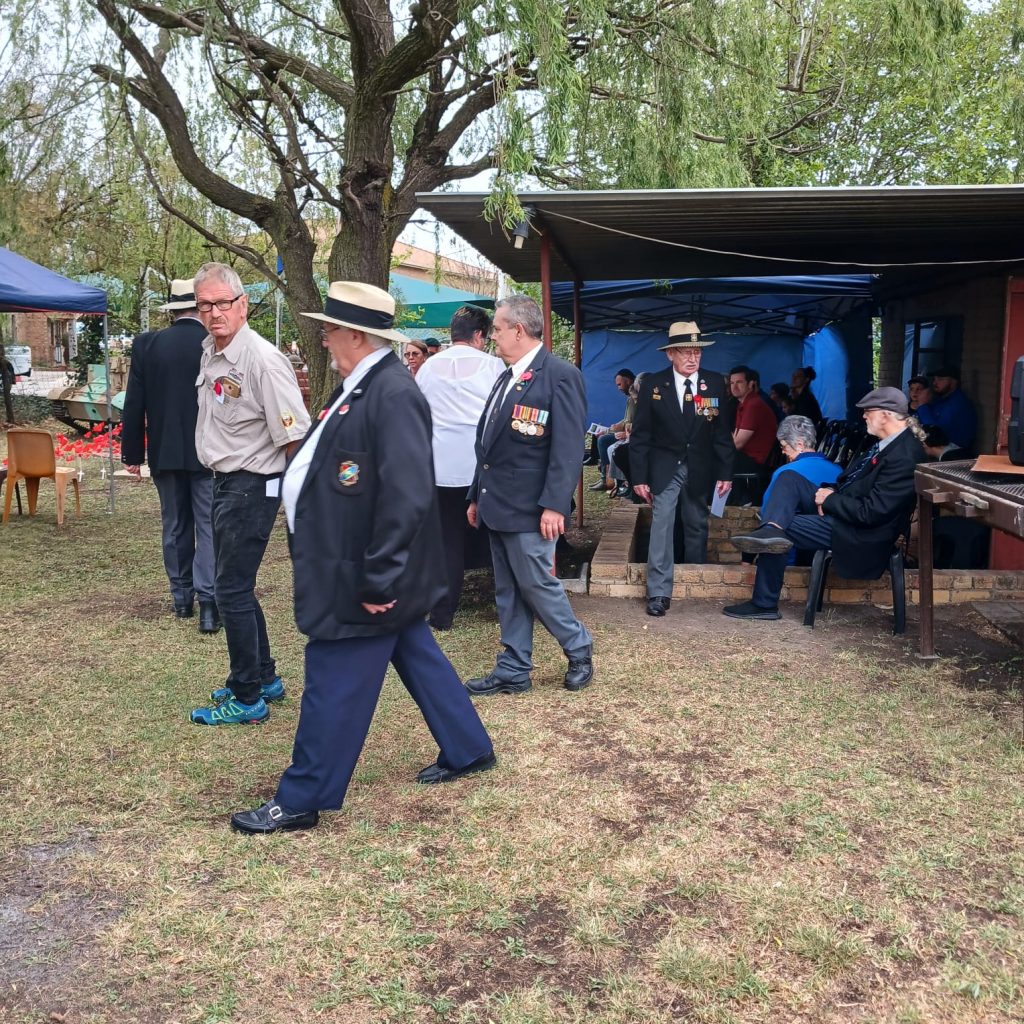
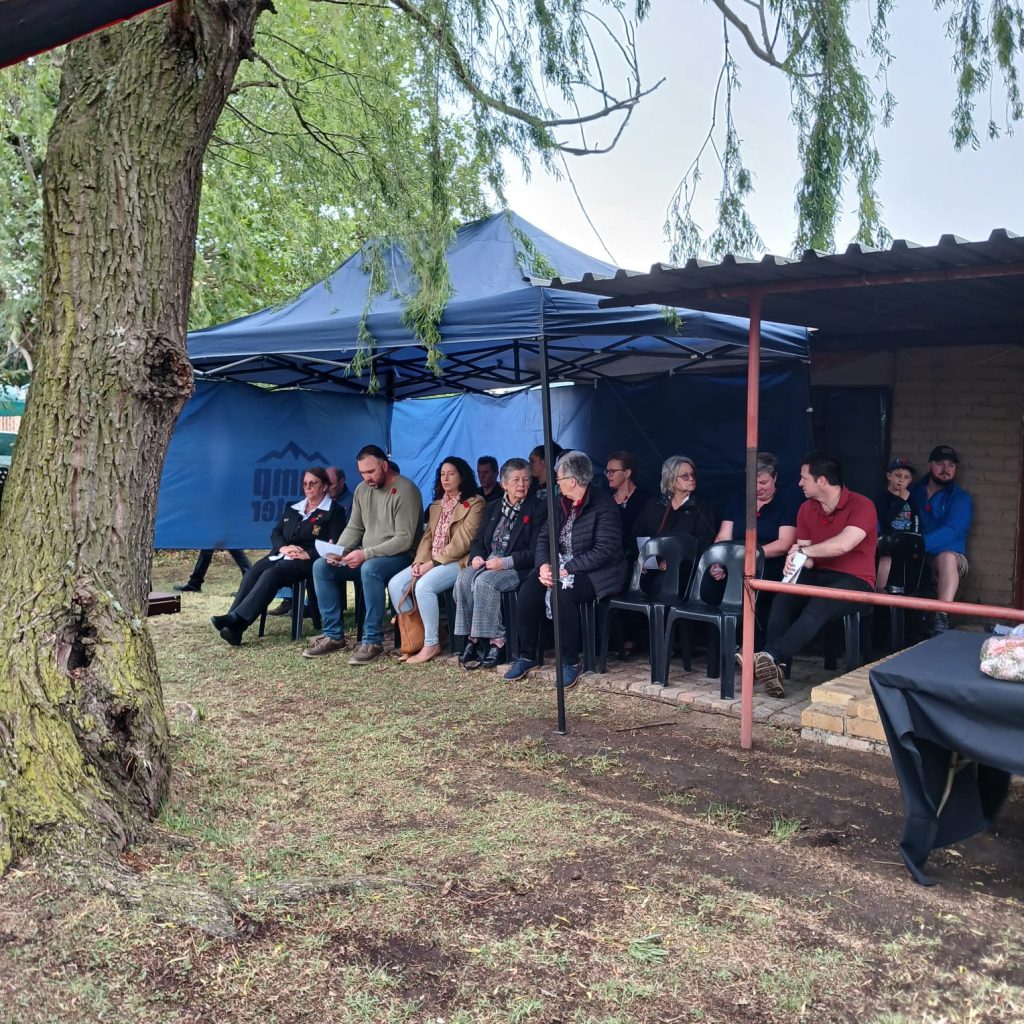
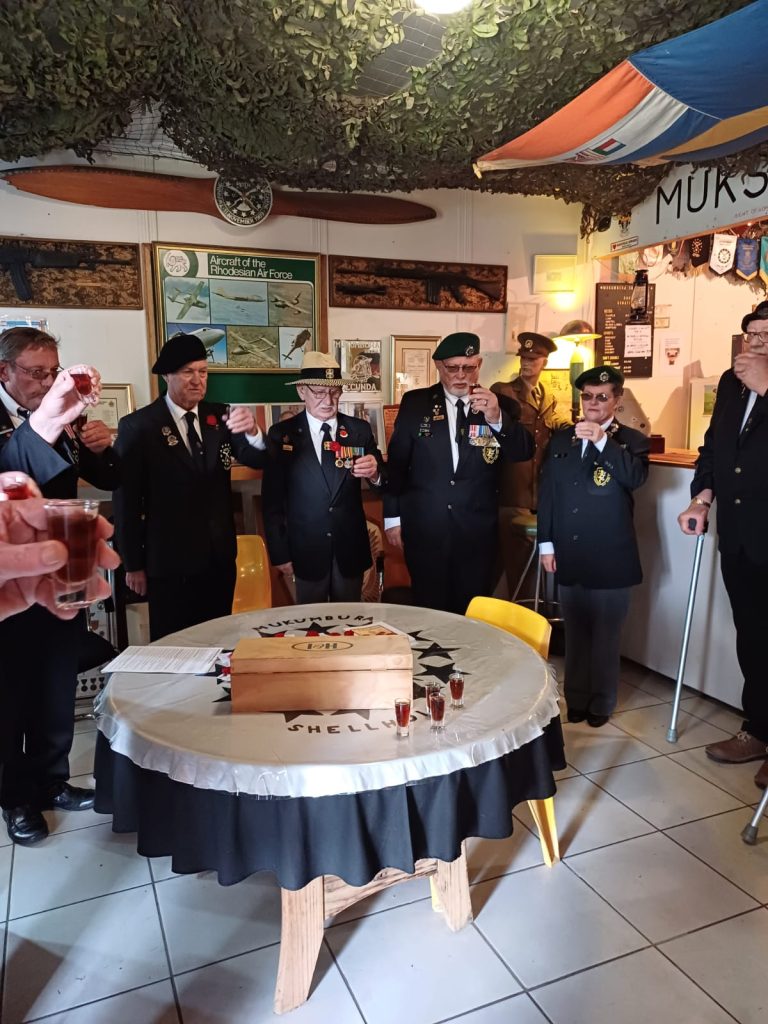
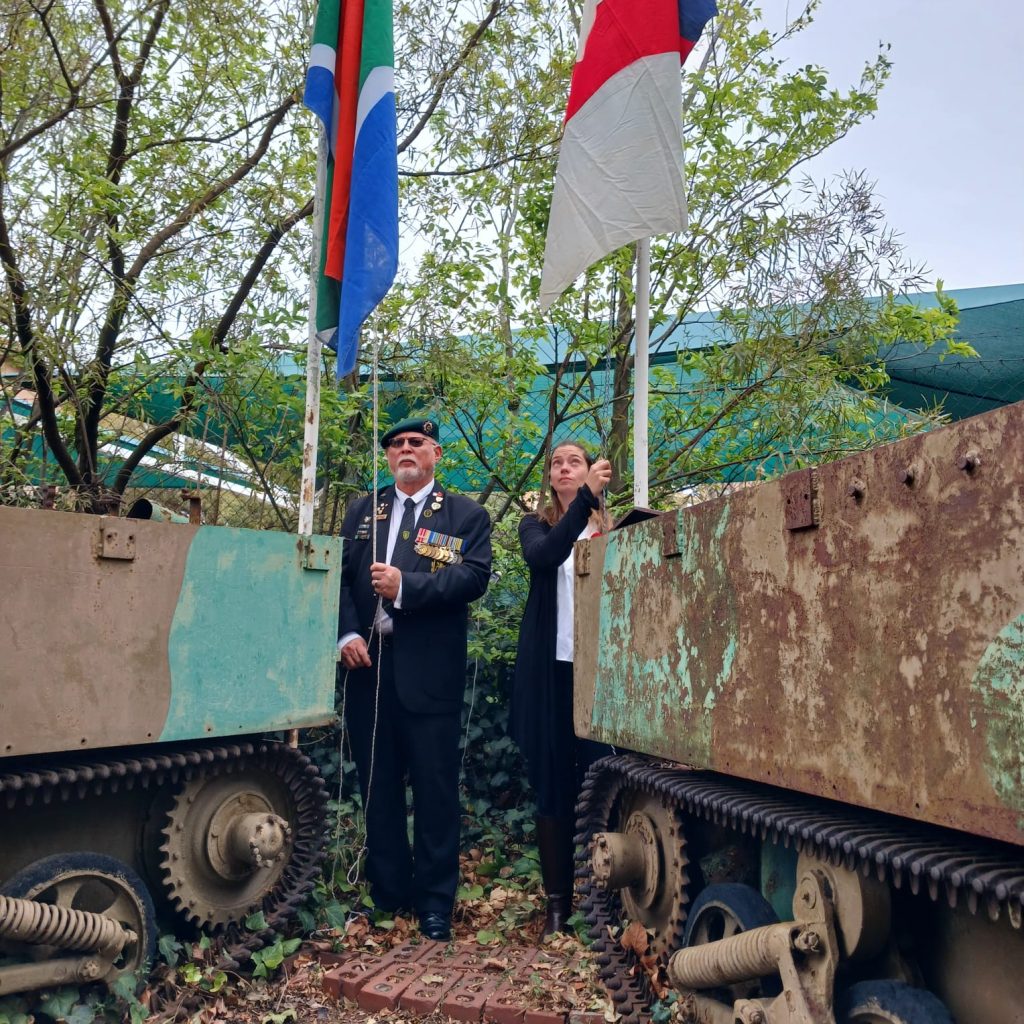
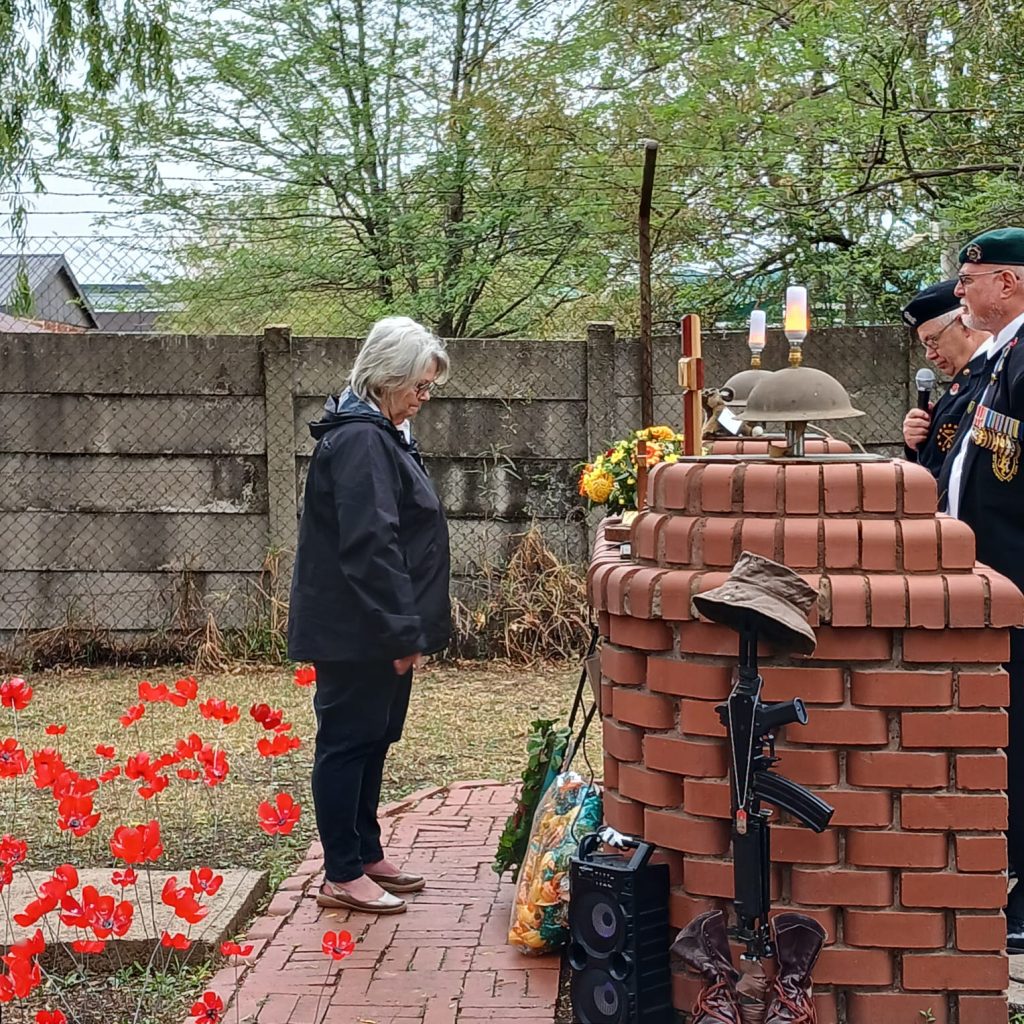
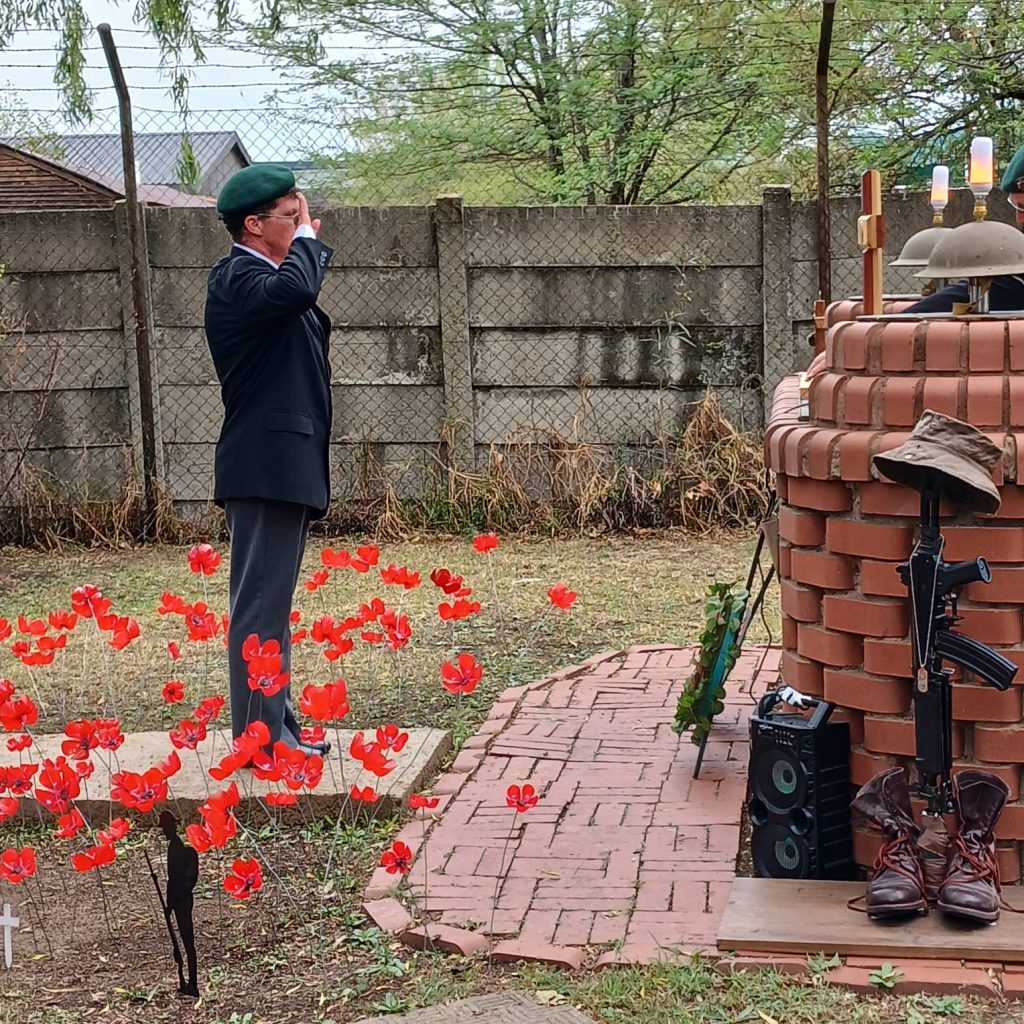
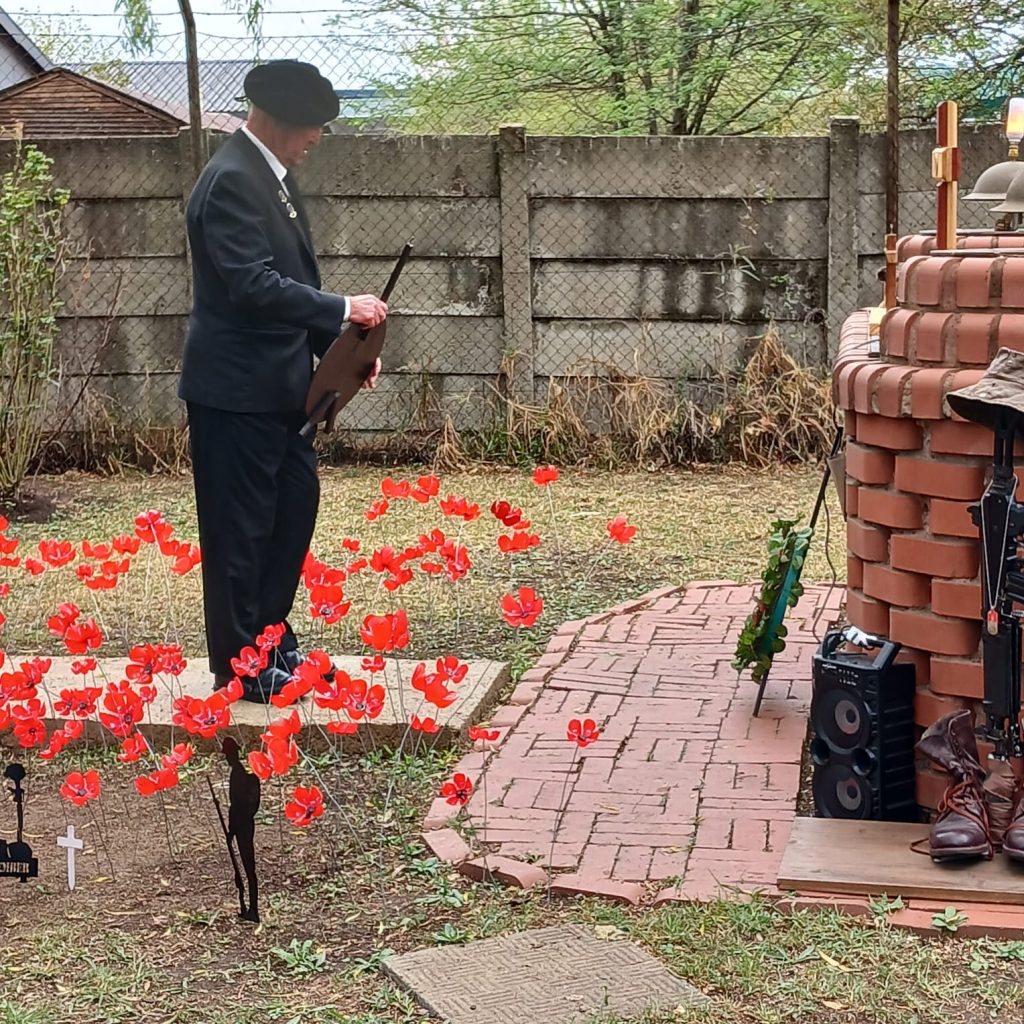
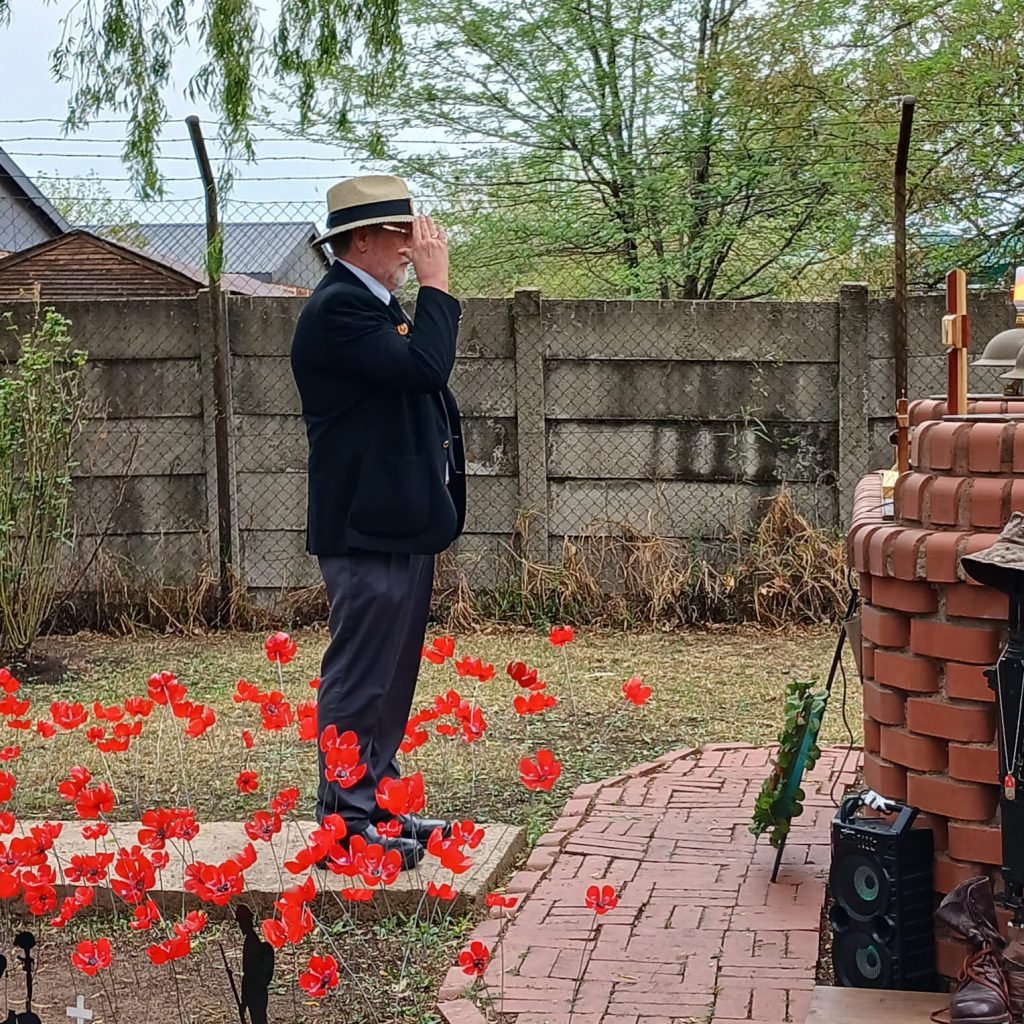
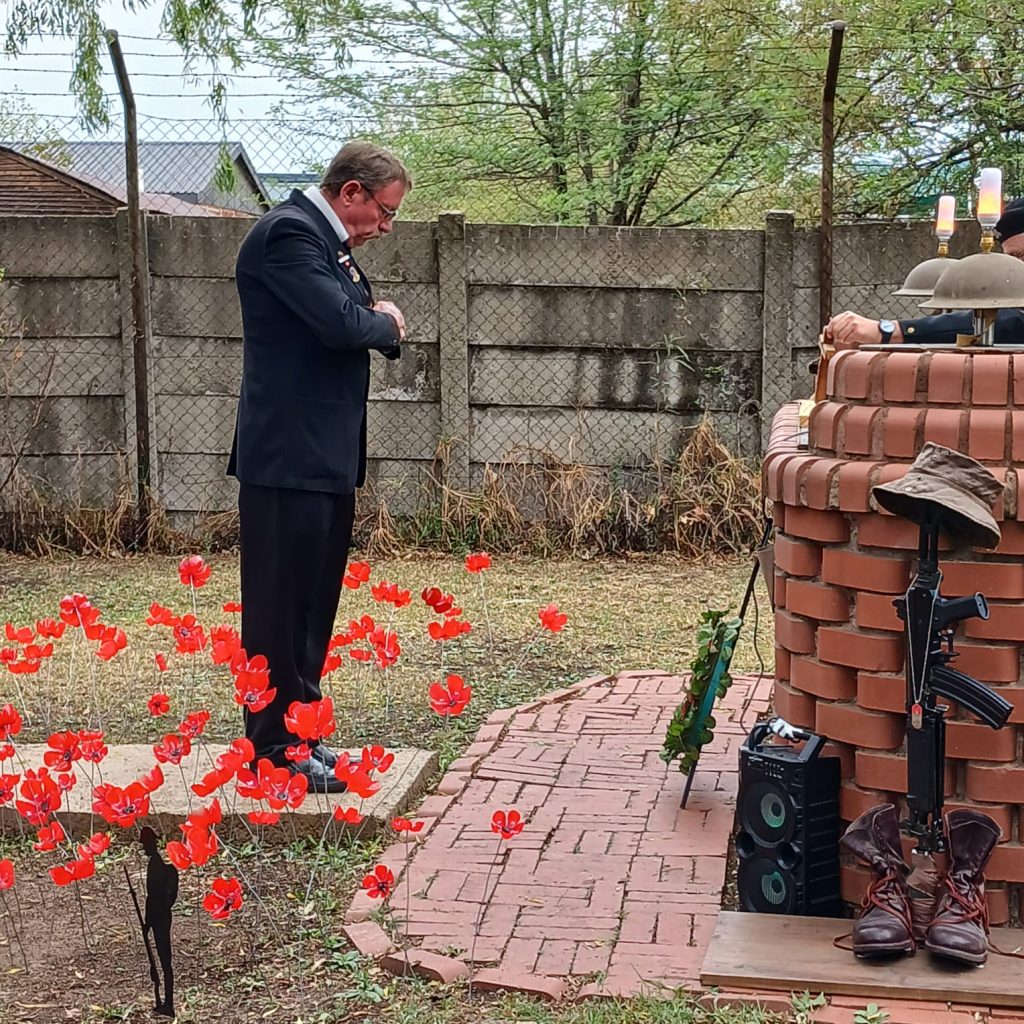
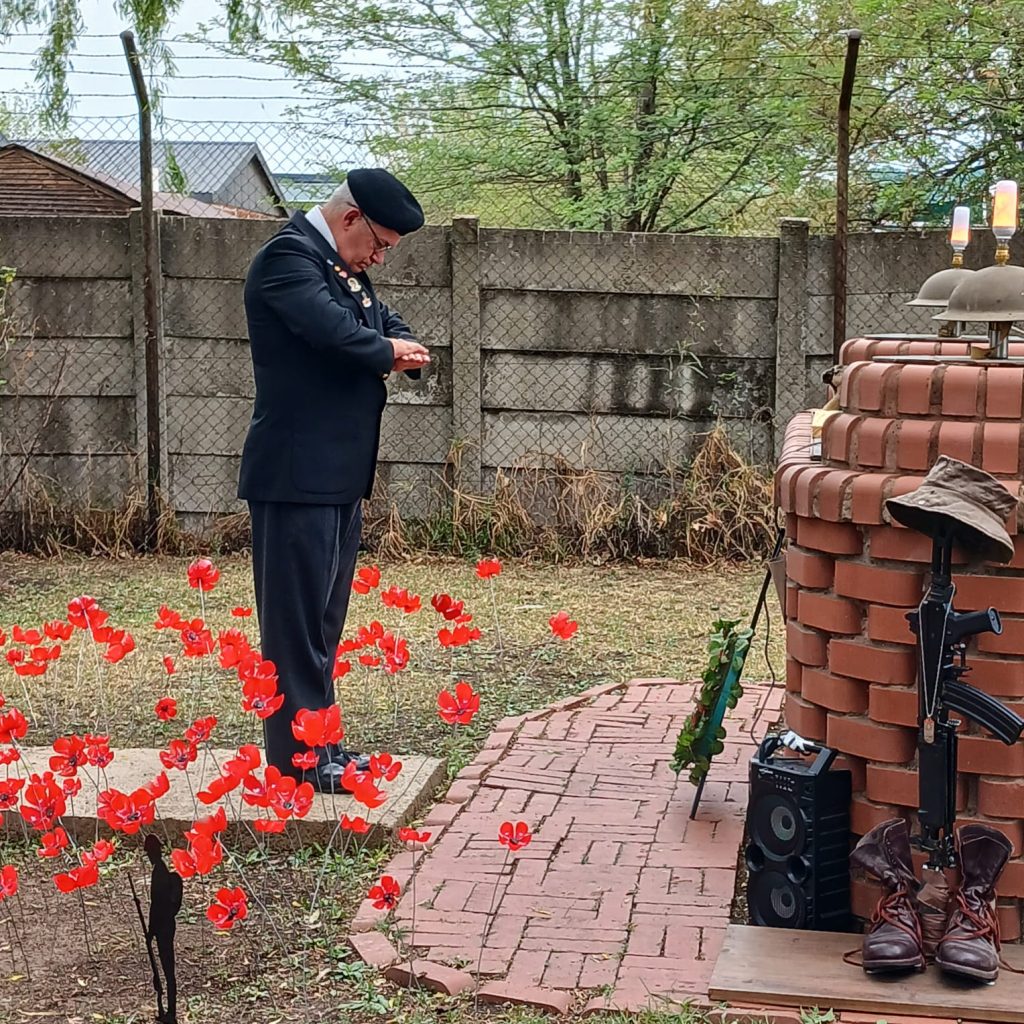
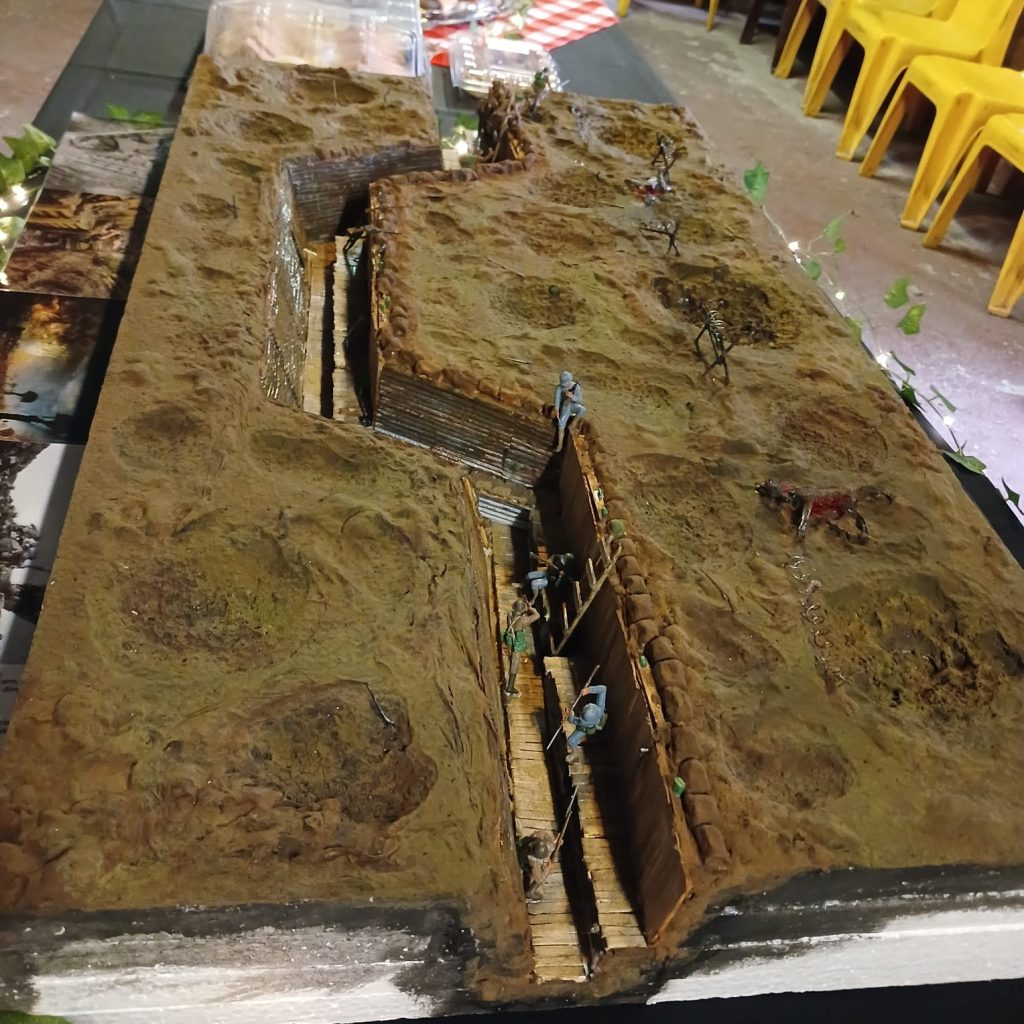
The Moths celebrated Remembrance Day at the Makumbura Shellhole on Saturday. Veterans attended honouring their fallen comrades from wars past.
They also remembered those from other armed forces that died for their country.
Mr Marais and Dylan Knoetze performed at the Moths’ parade.
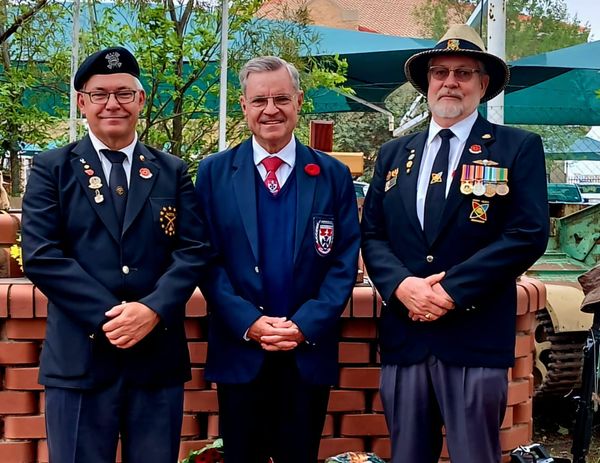

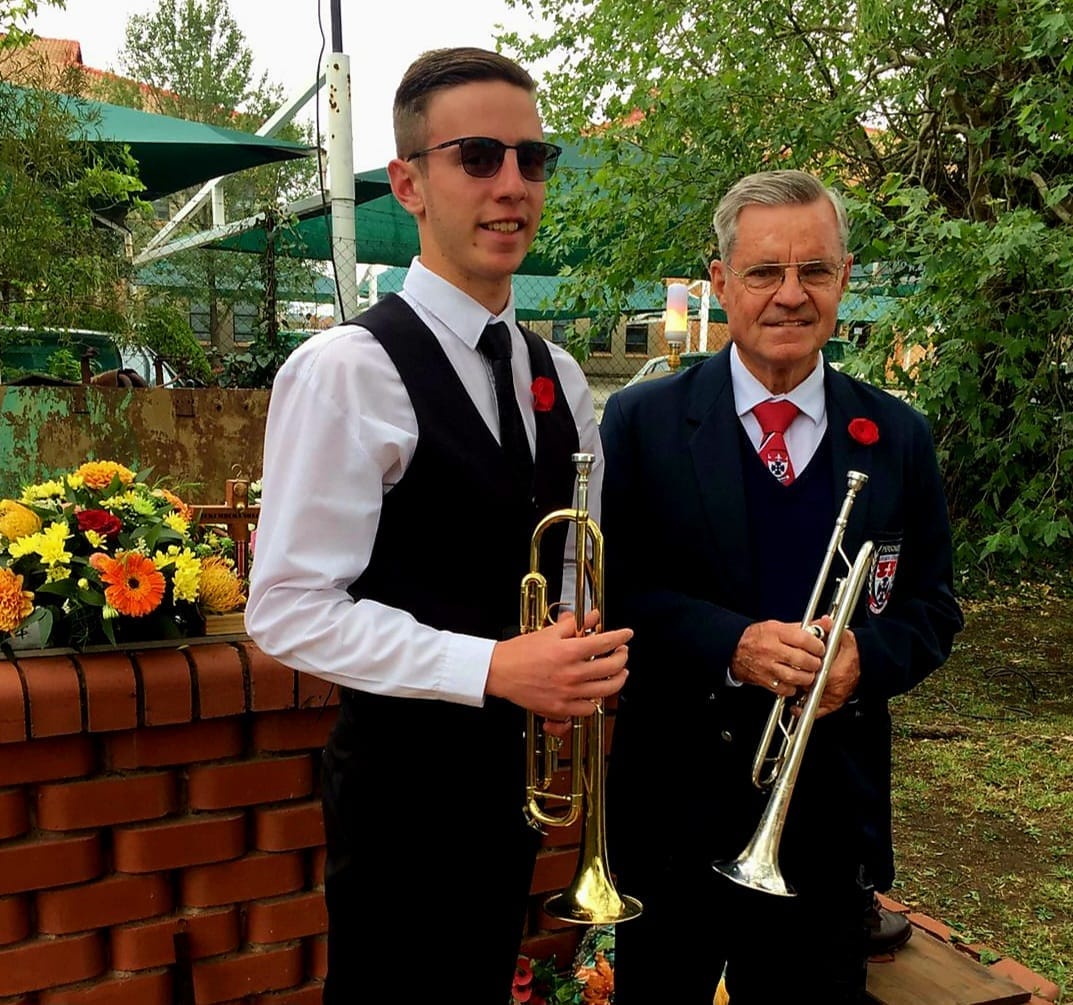
About the Poppies
Among the millions of people who saw the poppies on the Western Front was a Canadian doctor called Lieutenant Colonel John McCrae. He was a medic in a dressing station very close to the front line near Ypres. John McCrae wasn’t an established writer but he had had poems published back in Canada and as a military doctor he used what rest time he had to write poems in response to what he was experiencing during the war.
In May 1915, during a break from tending to wounded and dying soldiers, he wrote a new poem and it’s a poem commonly known as ‘In Flanders Fields’, and it’s has its setting as a cemetery and it’s written as if it was it were being spoken by dead soldiers and this poem did become popular during the war, it was published in hugely popular magazines, it helped to, I suppose, connect the symbolism of death during the war with the poppy and McCrae himself did not actually survive the war, but it was really after the war that the poppy became the iconic symbol of Remembrance that it is today.
In Flanders Fields
By John McCrae
In Flanders fields the poppies blow
Between the crosses, row on row,
That mark our place; and in the sky
The larks, still bravely singing, fly
Scarce heard amid the guns below.
We are the Dead. Short days ago
We lived, felt dawn, saw sunset glow,
Loved and were loved, and now we lie,
In Flanders fields.
Take up our quarrel with the foe:
To you from failing hands we throw
The torch; be yours to hold it high.
If ye break faith with us who die
We shall not sleep, though poppies grow
In Flanders fields.
A Soldiers Prayer
And when you go home tell them of us and say
For your tomorrow we gave our today
Our gift was great, but you must now give a greater gift
We died. Now you must nobly live
To complete the plan
And make man brother unto man.
In conclusion, I quote the Remembrance Prayer:
They shall not grow old
As we that are left grow old
Age shall not weary them
Nor the years condemn them
At the going down of the sun
And in the morning
WE SHALL REMEMBER THEM